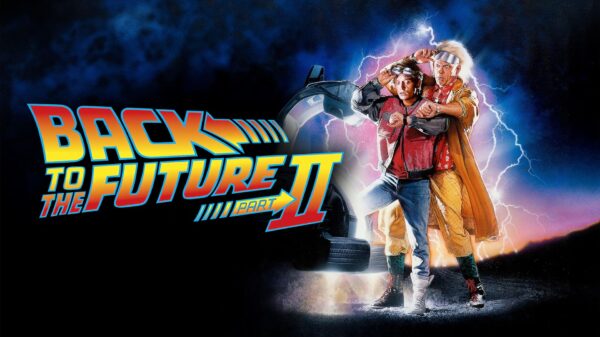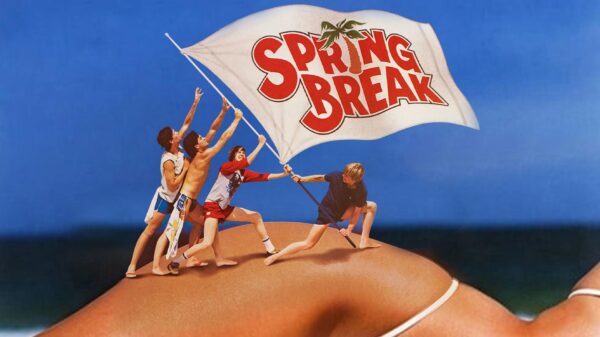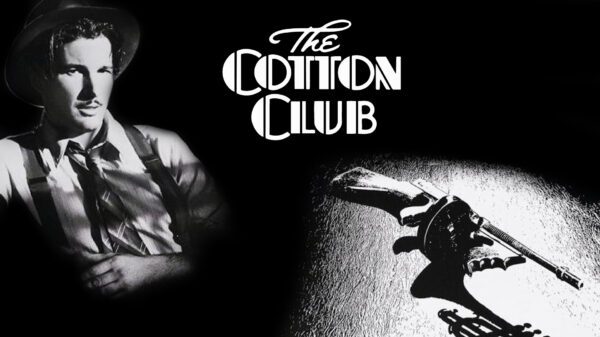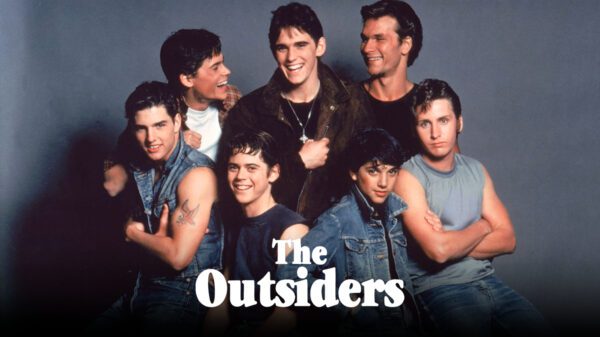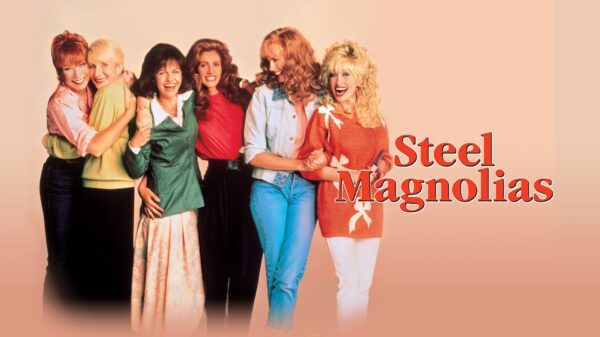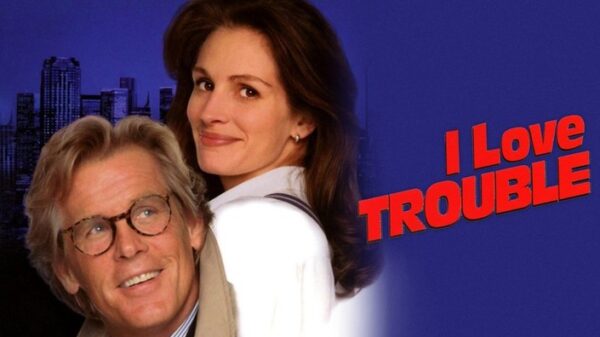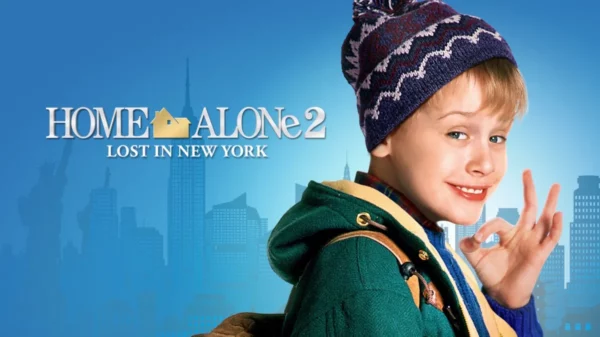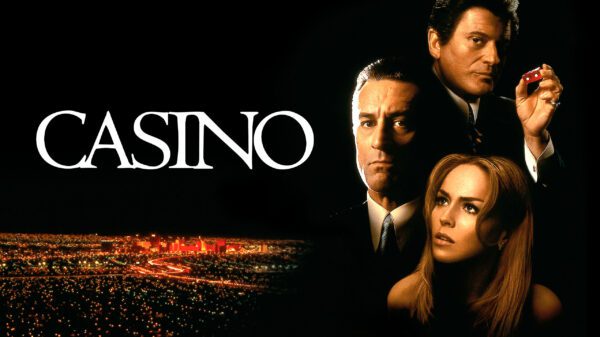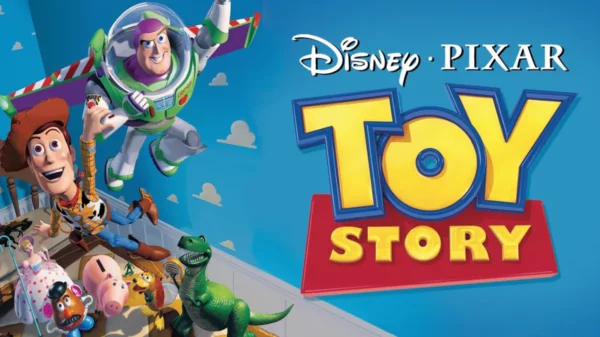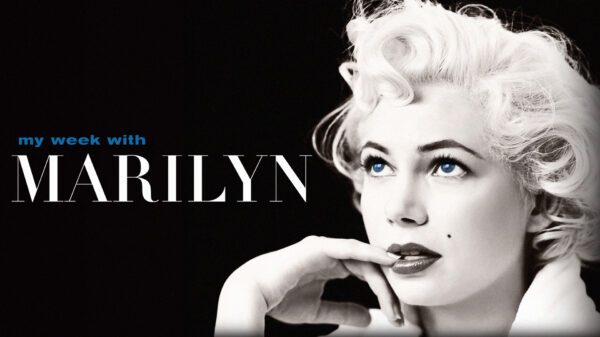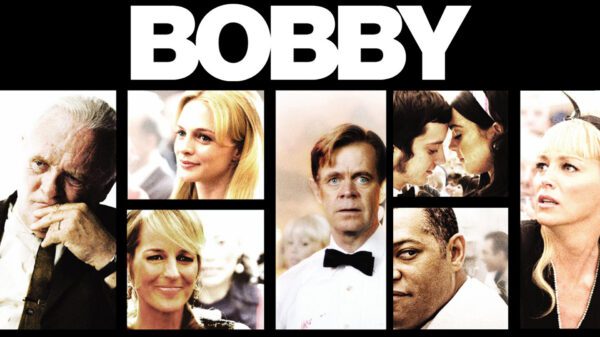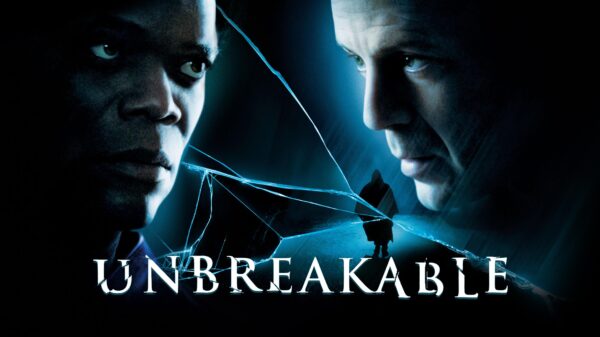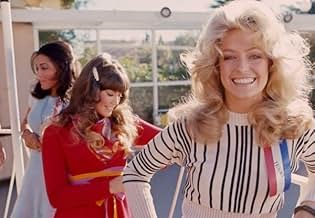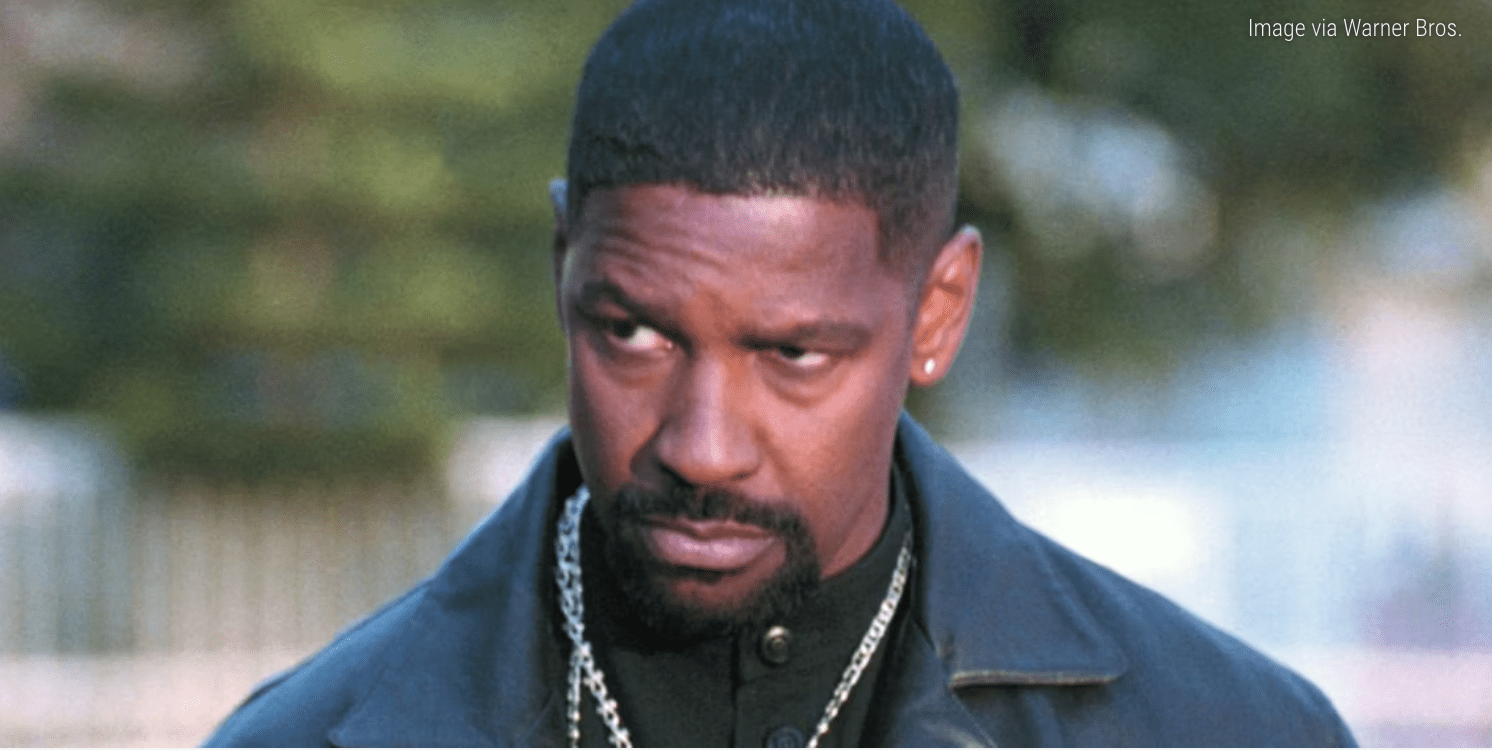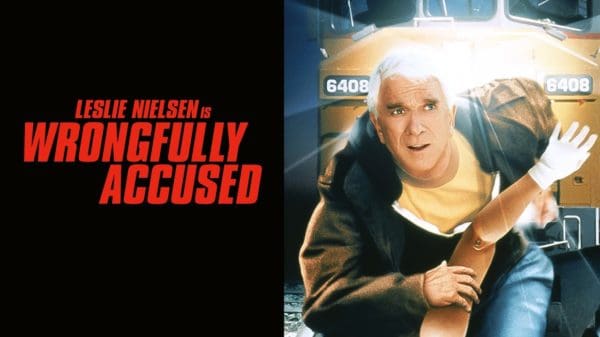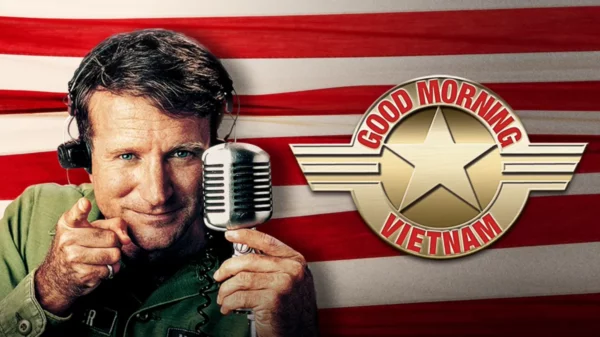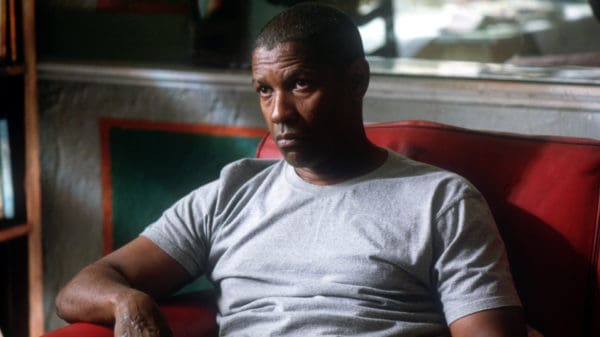What About Bob?, released in theaters on May 17, 1991, is a classic comedy starring Bill Murray and Richard Dreyfuss, and features Julie Hagerty, Charlie Korsmo, and Kathryn Erbe. The film delivers a riotous and unforgettable cinematic experience.
Murray stars as Bob Wiley, a well-meaning but highly neurotic and dependent man with multiple phobias. When Bob’s self-help book-touting psychiatrist, Dr. Leo Marvin (Dreyfuss), goes on vacation, Bob, in a state of panic, tracks him down at his family’s lake house. Dreyfuss brilliantly portrays the increasingly unhinged and self-important Dr. Marvin, whose sanity unravels as Bob ingratiates himself into his life.
Murray’s comedic genius is on full display as he embodies Bob’s relentlessly cheerful and persistent nature. His ability to be both endearing and exasperating is a highlight of the film. Dreyfuss matches him scene for scene, мастерfully portraying a man of science driven to the brink. The chemistry between Murray and Dreyfuss is the heart of the film, fueling its most hilarious and memorable moments.
Hagerty brings charm and warmth to the role of Fay Marvin, Leo’s initially patient and later conflicted wife.
Korsmo and Erbe provide solid support as Leo’s children, Siggy and Anna, both of whom find themselves drawn to Bob’s unconventional approach to life.
Director Frank Oz expertly balances the film’s farcical elements with moments of genuine character interaction. The film’s screenplay, written by Tom Schulman, Alvin Sargent, and Laura Ziskin, is filled with quotable lines and expertly crafted situations that escalate the comedic tension.
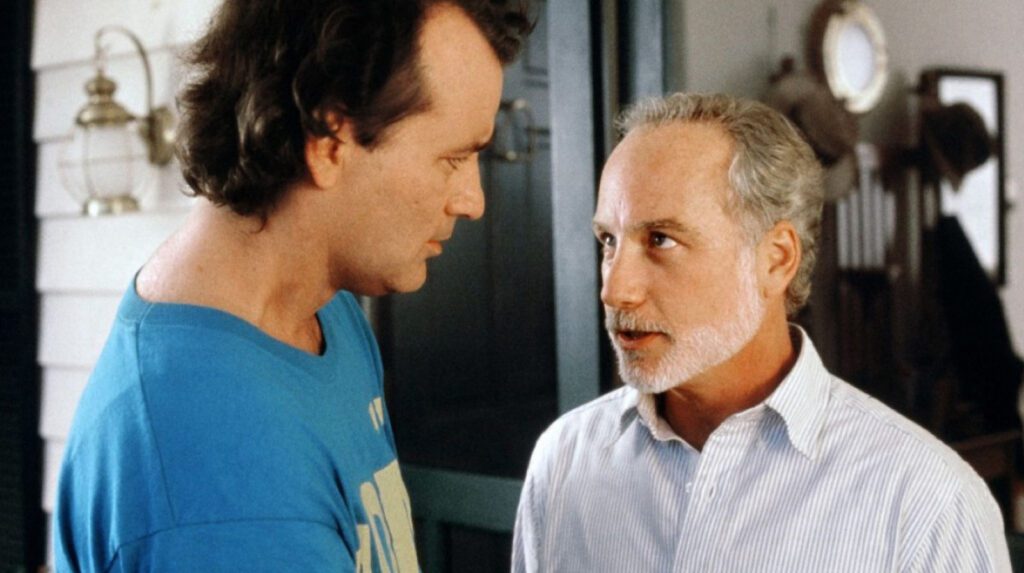
Bill Murray and Richard Dreyfuss in What About Bob? (Photo/Touchstone Pictures)
Reception for What About Bob?
What About Bob? grossed $9.2 million on its opening weekend, finishing No. 1 at the box office, topping the second placed film F/X 2 by almost $6 million.
The film would gross $63.7 million in its theatrical run.
Legacy
What About Bob? is more than just a series of funny set pieces; it’s a clever satire of the clash between self-help culture and genuine human connection. It explores the idea that sometimes, the most “mentally healthy” people are those who can embrace the unexpected and find joy in the present moment, even if it means driving your psychiatrist absolutely crazy. The film’s enduring appeal lies in its ability to make us laugh while also offering a subtle commentary on the nature of sanity and the importance of empathy.

